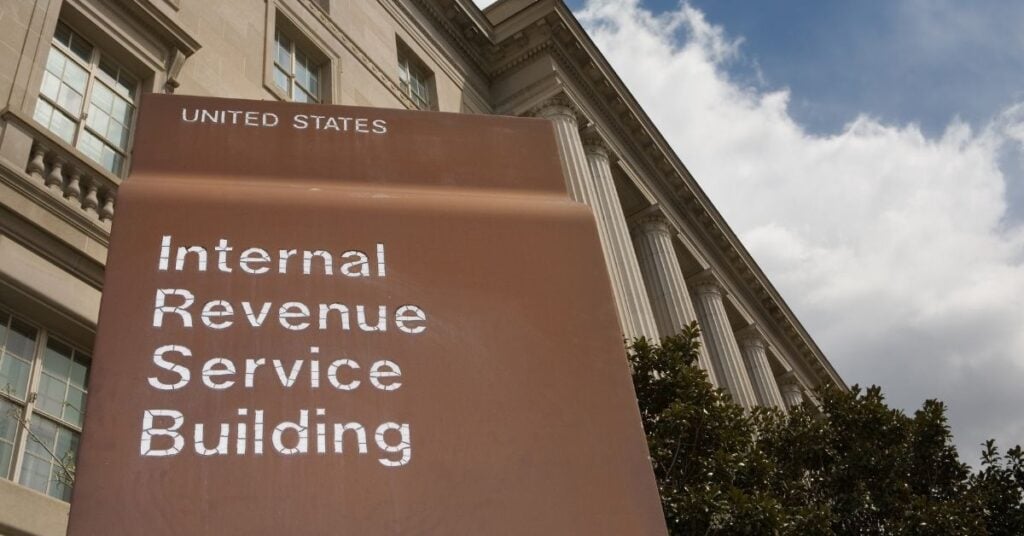In the year since Congress enacted the Inflation Reduction Act (IRA), ITEP has written extensively on the law’s provisions to increase tax fairness and raise revenue for public investments. The IRA, however, also includes tax provisions that serve purposes other than ensuring that we raise adequate revenue and that we do so in a fair manner.
We might call these the IRA’s “non-tax tax provisions” – parts of the law that use the tax code to achieve goals that have more to do with health care and climate change. Non-tax tax provisions such as these are not unprecedented, but what is new is the extent to which the clean energy provisions, in particular, ensure that as we address climate change we also support the economic well-being of American workers and communities.
Health Care
The health provisions of the Inflation Reduction Act include the Drug Manufacturer Excise Tax. This is meant to force drug manufacturers to negotiate with the government over what they charge Medicare for drugs. For companies that refuse to negotiate the tax rate can reach 1,900% – a hint that maybe it isn’t really about taxation.
At that rate it’s not surprising that government estimators don’t expect it to raise revenue: they expect the manufacturers to negotiate drug prices to avoid the tax (and reduce the cost of specified medicines). Also in health care: the IRA extends a boost in Affordable Care Act subsidies that were part of the American Rescue Plan—which are provided through a tax credit.
Climate Change
The most significant non-tax tax provisions in the Inflation Reduction Act are on the energy front. These tax measures add up to over $270 billion through 2031. To put that in perspective, the Department of Energy spent $22 billion on energy programs in 2022 (its entire spending was $40 billion but $18 billion of that was for maintaining the military’s nuclear arsenal and supporting nuclear propulsion for the Navy).
Using the tax code to address climate change is not a new idea. The federal tax code provides numerous incentives to promote clean energy, energy efficiency, and electric vehicles.
The Investment Tax Credit has helped businesses and homeowners purchase solar panels or other renewable energy, and the Production Tax Credit has been pivotal in promoting electricity generation through renewable sources, particularly wind. Energy efficiency tax incentives such as the Residential Energy Efficiency Tax Credit have encouraged homeowners to make energy-saving improvements, such as the addition of energy-efficient windows or HVAC systems. Electric vehicle manufacturers and consumers have long benefited from the Plug-In Electric Vehicle Tax Credit that offers substantial savings for the purchase of qualified electric vehicles.
The Inflation Reduction Act significantly builds on this history. In 2018, climate-related energy tax incentives were valued at about $15 billion. The energy tax incentives included in the IRA will total almost twice that per year based on initial estimates, but could be higher. They include provisions to encourage:
- Producing electricity from renewable resources, with additional credits for electricity that generates zero emissions
- Sequestering of carbon and investing in clean energy facilities
- Use of alternative fuels that reduce greenhouse gas emissions and a new credit for hydrogen fuel production
- Building efficiency
- The purchase of electric and fuel-cell vehicles and the installation of alternative fuel vehicle recharging facilities, including electric charging stations
- Clean energy manufacturing
Supporting American Workers and Communities
What’s unique in the IRA’s clean energy provisions, beyond the scale and range of the investments, is the extent to which the law uses those provisions to help advance important policy and social goals beyond addressing climate change. Many of the measures, for example, include standards for work and pay in the construction and operation of facilities built with the help of tax subsidies.
Some measures have domestic content standards and bonuses for building in certain geographic areas meeting conditions related to low community income levels, employment challenges, local environmental issues, or the impact of decarbonization on the local economy (e.g., a coal-fired electric power plant closes). In most cases, the subsidies aren’t barred for companies that don’t meet the specified standards, but they are significantly more generous if they do.
There are precedents for these sorts of standards, but never before have they been applied to such a broad array of tax provisions. Not every measure has a wage, domestic content, or other pro-social condition. Where it’s practical, however, almost all of them do—as the table below shows. This is a significant expansion of the use of the tax code to advance societal goals beyond the objectives of a fair tax system that raises sufficient revenue. It is a bold attempt to achieve what has been long promised by advocates for a clean-energy future for the U.S.: a win-win-win of addressing climate change, creating quality jobs in the U.S., and helping communities that have been left behind.
Tax Expenditure Provisions
Budget impacts 2022-2031 (figures in millions), conditions for receipt of benefit or additional benefitProvision | 2022-2031 Budget Impact | Conditions | ||
|---|---|---|---|---|
| Work and Pay (a) | Domestic Content (b) | Geographic Targetting (c) | ||
| Prescription Drug Reform | ||||
Selected Drug Manufacturer Excise Tax | - | |||
| Affordable Care Act Subsidies | ||||
Improve Affordability and Reduce Costs of Health Insurance for Consumers | -$31,238 | |||
| Clean Electricity and Reducing Carbon Emissions | ||||
Extend & Modify Credit for Electricity from Certain Renewable Resources | -$51,062 | X | X | X |
Extend & Modify Energy Credit | -$13,962 | X | X | X |
Increase Energy Credit for Solar Facilities, Low-Income Communities | - | X | ||
Extend & Modify Credit for Carbon Oxide Sequestration | -$3,229 | X | ||
Zero-Emission Nuclear Power Production Credit | -$30,001 | X | ||
| Clean Fuels | ||||
Extend Incentives for Biodiesel, Renewable Diesel & Alternative Fuels | -$5,571 | |||
Extend Second Generation Biofuel Incentives | -$54 | |||
Sustainable Aviation Fuel Credit | -$49 | |||
Clean Hydrogen | -$13,166 | X | ||
| Clean Energy and Efficiency Incentives for Individuals | ||||
Extend, Increase, & Modify Nonbusiness Energy Property Credit | -$12,451 | |||
Residential Clean Energy Credit | -$22,022 | |||
Energy Efficient Commercial Buildings Deduction | -$362 | X | ||
Extend, Increase, & Modify New Energy Efficient Home Credit | -$2,043 | X | ||
| Clean Vehicles | ||||
Clean Vehicle Credit | -$7,451 | X | ||
Credit for Previously-Owned Clean Vehicles | -$1,347 | |||
Qualified Commercial Clean Vehicles | -$3,583 | |||
Alternative Fuel Refueling Property Credit | -$1,738 | X | X | |
| Investment in Clean Energy Manufacturing and Energy Security | ||||
Extend the Advanced Energy Project Credit | -$6,255 | X | X | |
Advanced Manufacturing Production Credit | -$30,632 | X | ||
| Incentives for Clean Electricity and Clean Transportation | ||||
Clean Electricity Production Credit | -$11,204 | X | X | X |
Clean Electricity Investment Credit | -$50,868 | X | X | X |
Cost Recovery for Qualified Facilities & Property, & Energy Storage Tech | -$624 | |||
Clean Fuel Production Credit | -$2,946 | |||
(a) Work and Pay includes additional amounts for companies paying prevailing wage for construction and an extended period of operation (5 to 12 years). For some provisions an additional amount is only available if the company also participates in a registered apprenticeship program or an additional amount is available by meeting other wage and workforce requirements (b) Domestic content includes (1) the availability of additional amounts for companies that use inputs from domestic US sources, (2) requirements that companies, themselves, produce in the United States or (3) limitations on the benefit in the absence of domestic content. Additional amounts can be available in some provisions if both a domestic content and a wage standard are met. Limitations based on the lack of domestic content are in some cases relieved in the event that using domestic content is prohibitively expensive (c) Geographic targeting primarily consists of targeting at "energy communities." An energy community is defined as being a brownfield site; an area which has or had certain amounts of direct employment or local tax revenue related to oil, gas, or coal activities and has an unemployment rate at or above the national average; or a census tract or any adjoining tract in which a coal mine closed. Some smaller provisions with narrower targeting specifically to low-income areas, Indian lands and rural areas or low-income residential or low-income economic development projects. |
||||




